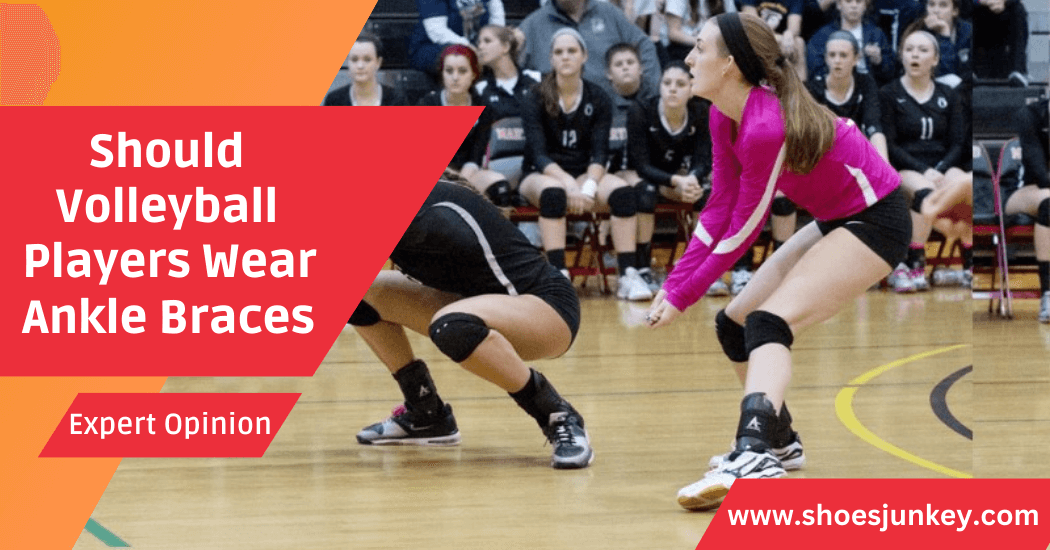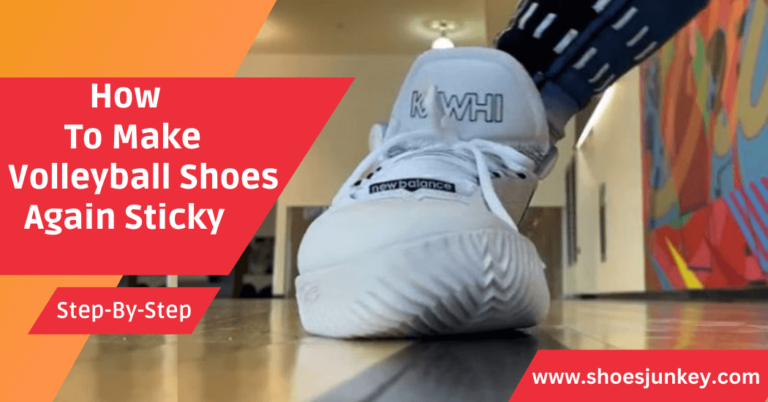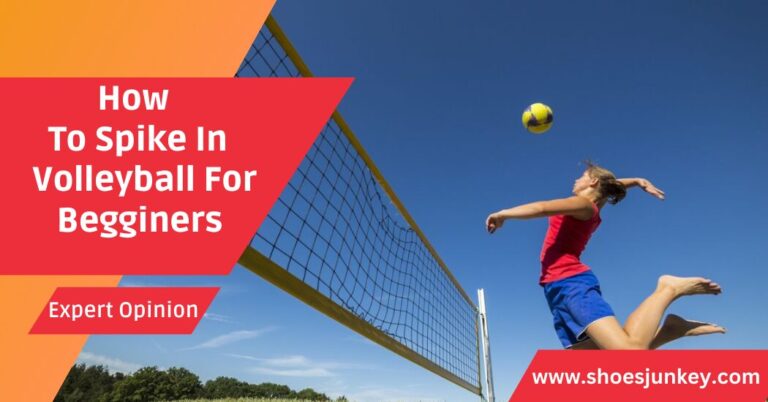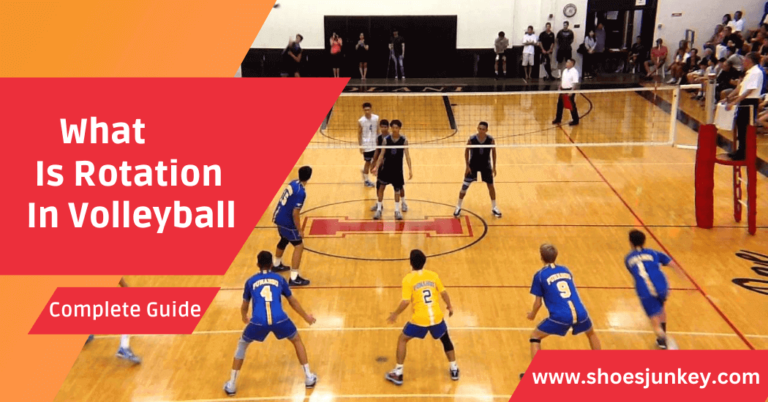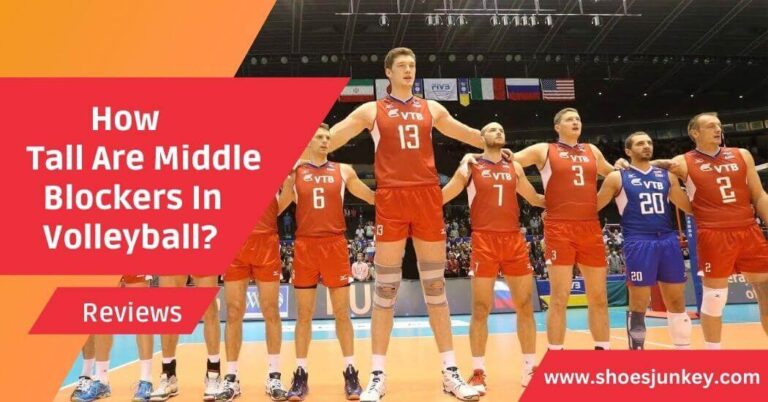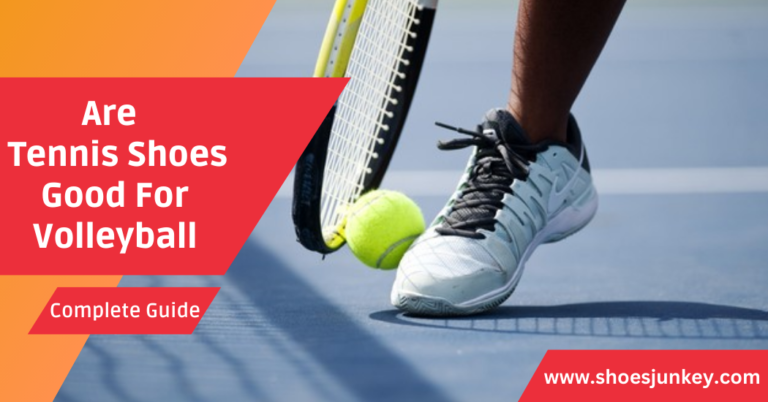Should Volleyball Players Wear Ankle Braces?
Volleyball is an immensely popular sport played by millions worldwide, attracting people of all ages and skill levels. The fast-paced, dynamic nature of the game and the physical demands placed on players make it crucial to consider their health and well-being. One of the ongoing debates in the volleyball community concerns the use of ankle braces.
This article aims to examine the potential benefits and drawbacks of ankle braces in volleyball, delving into the mechanics of the sport, the role of ankle braces and expert opinions.
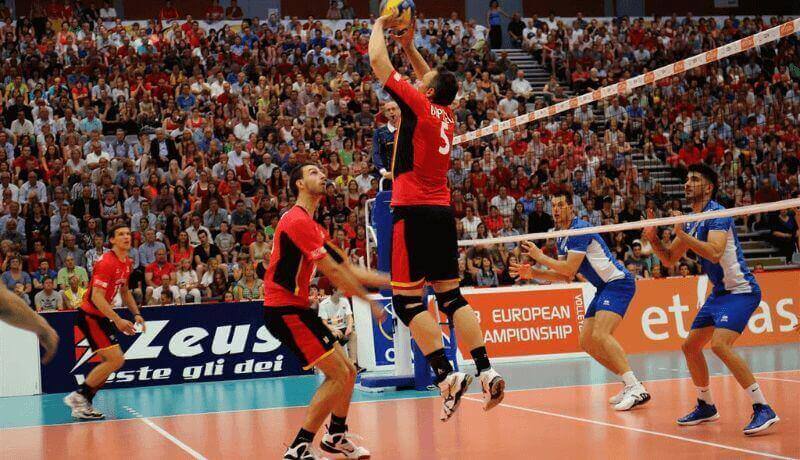
The Mechanics of Volleyball and Ankle Injuries
Volleyball is a sport that requires quick, multidirectional movements, often involving jumps, pivots and rapid changes in direction. These dynamic movements, while integral to the game, can put significant stress on the player’s ankles. In fact, ankle sprains account for a large proportion of all volleyball-related injuries.
They typically occur when a player lands on another player’s foot after a jump or when the foot is twisted or turned abruptly. Ankle braces come into the picture as a preventive measure for these injuries, providing support and stability to the joint, reducing the risk of sprains, strains or twists.
The Role of Ankle Braces in Volleyball
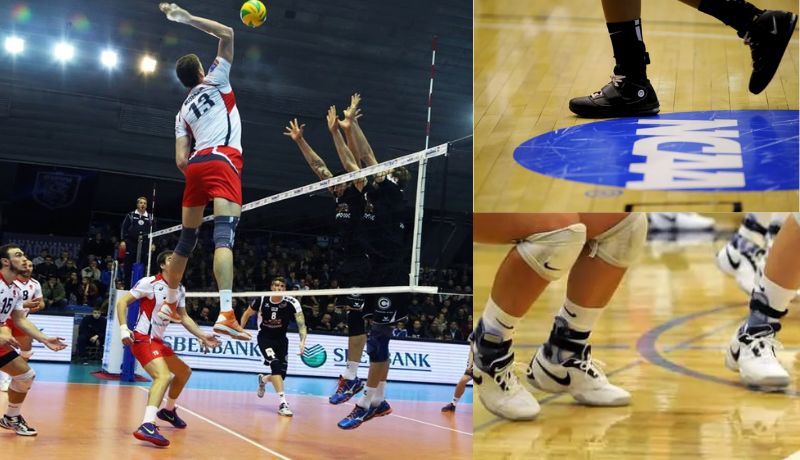
Ankle braces play a key role in minimizing the risk of ankle injuries in volleyball. They are specially designed to provide the right balance between mobility and support, allowing players to perform dynamic movements while maintaining stability in the ankle joint. The braces work by limiting excessive movement and providing a proprioceptive feedback mechanism, which can help the player make more controlled and safer movements
Should Volleyball Players Wear Ankle Braces?
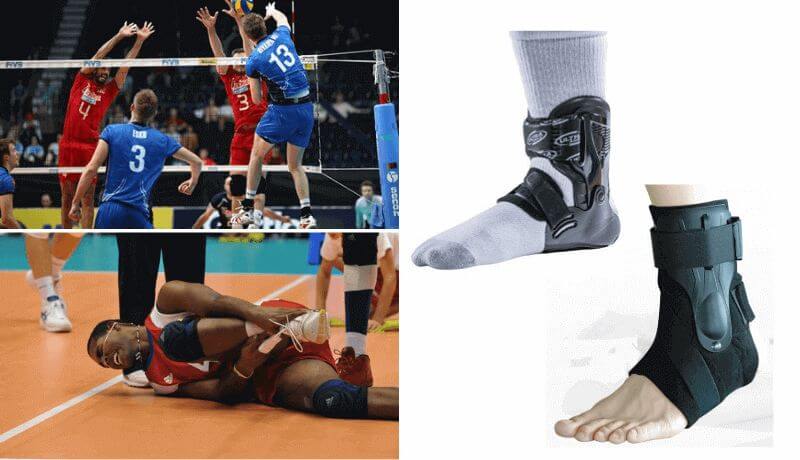
The decision to wear ankle braces in volleyball is often subjective and depends on various factors such as the player’s previous injury history, position and personal comfort. Some players and coaches ardently believe in their protective benefits, while others argue that they might impair movement and speed, potentially leading to dependency.
Several studies affirm the efficacy of ankle braces in reducing the risk of sprains within volleyball. Particularly for players who have previously suffered an ankle injury, the use of a brace can significantly lower the chances of re-injury. However, it’s essential to remember that ankle braces are but one component of a comprehensive injury prevention strategy, which should also include strength training, flexibility exercises and proper technique.
In essence, the decision to use ankle braces in volleyball should be made on an individual basis, taking into account the player’s unique circumstances and needs. It is recommended to consult with a sports medicine professional or physiotherapist when deciding about the use of ankle braces in volleyball.
Benefits and Drawbacks of Ankle Braces in Volleyball
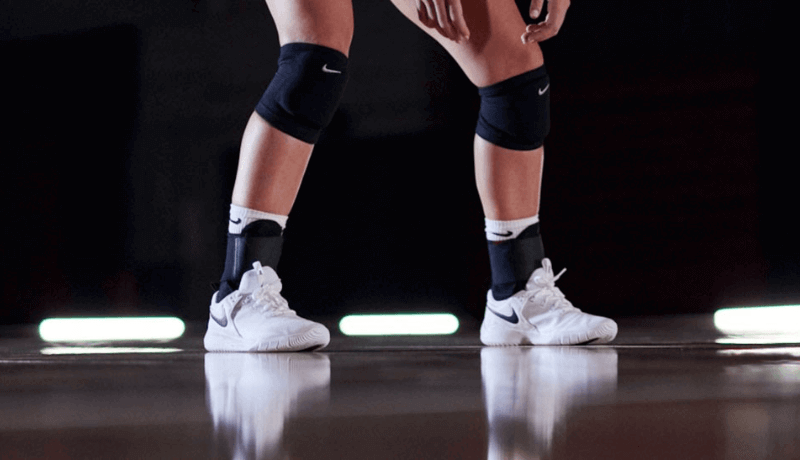
| Benefits of Ankle Braces | Drawbacks of Ankle Braces |
| They provide additional support and stability to the ankle, reducing the risk of sprains and strains. | They may give players a false sense of security, possibly leading to carelessness on the court. |
| Ankle braces offer a protective barrier against impact and sudden twists. | Some players may find them uncomfortable or restrictive, potentially affecting their performance. |
| They may accelerate the recovery process from previous injuries by ensuring proper positioning and movement. | Some argue that long-term use of ankle braces might weaken the ankle muscles as they become dependent on the extra support. |
| The proprioceptive feedback mechanism in ankle braces can help players make safer movements. | Their use could potentially influence a player’s technique or movement patterns in undesirable ways. |
Alternatives to Ankle Braces
Additionally, there are alternative methods for preventing ankle injuries and promoting support:
- Strength Training: Programmes targeted at strengthening the muscles surrounding the ankle can help improve stability and limit the likelihood of sprains. This includes exercises like calf raises, ankle circles and balance exercises.
- Proper Warm-Up: Warming up adequately before play can also significantly decrease injury risk. A good warm-up should include a combination of light aerobic exercise, stretching and sport-specific drills.
- Proper Footwear: Wearing shoes that fit well and provide good ankle support can also help prevent injuries. It’s important for players to replace their shoes regularly as worn-out shoes can lead to instability.
- Taping: Ankle taping is another common practice seen in volleyball. Similar to braces, taping provides additional support and can prevent excessive movement that might lead to injury.
- Playing on Safe Surfaces: Playing on a well-maintained, even surface can reduce the risk of tripping or twisting an ankle.
- Educating Players: Last, but not least, educating players about proper techniques and the risks of ankle injuries can help them make more informed decisions on the court.
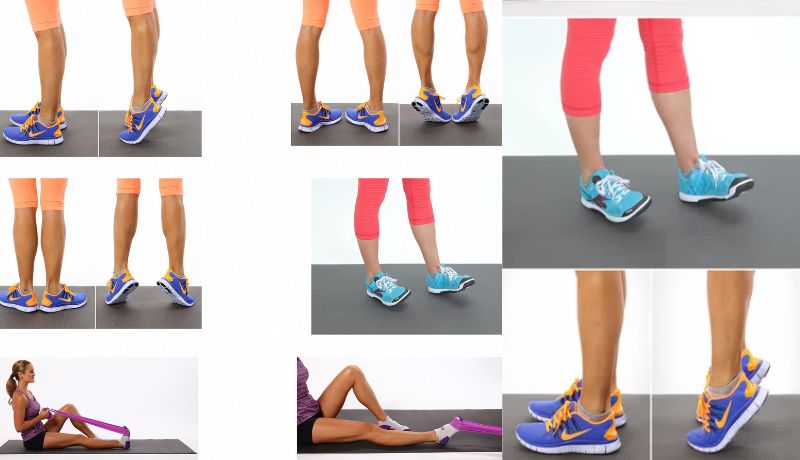
Each of these methods has their own pros and cons and what works best can vary depending on the individual. Players should consult with coaches or sports medicine professionals to determine the best approach for them.
Expert Opinions and Professional Guidance
Expert Opinions
Experts in the field of sports medicine have varying opinions on the use of ankle braces in volleyball, primarily due to the balance required between safety and performance.
Dr. Richard Kent, a renowned sports physiotherapist, points out that “While ankle braces can undeniably help prevent injuries, they should not replace a comprehensive injury prevention program. Strengthening exercises, functional training and education are equally important.”
Professional Guidance
From a coaching perspective, the use of ankle braces is often recommended, but with a note of caution. Coach Jennifer Kasper, a seasoned volleyball coach with over 20 years of experience, shares her view: “I’ve seen many players benefit from wearing ankle braces, particularly those who’ve had previous injuries.
But the braces are not a magic solution. They’re part of a larger injury prevention and performance plan which includes strength training, conditioning and technique refinement.”
Real-Life Example
Consider the case of Sarah, a professional volleyball player. After suffering from a severe ankle sprain, she started using ankle braces as part of her recovery plan. The braces provided the additional support her injured ankle needed during the healing process.
However, she also followed a comprehensive rehabilitation program, which included targeted exercises for strengthening her ankle. In Sarah’s case, the use of ankle braces was beneficial, but so too was her commitment to a holistic recovery approach.
Conclusion:
While ankle braces have their benefits for those who are suffering from ankle injuries, they may not be the most practical choice for serious athletes. An athlete needs to assess the pros and cons available and make an educated decision that works best for them. It’s important to consider both safety and comfort for optimal performance, so doing research is often needed when making this decision.
Therefore, whether or not volleyball players should wear ankle braces depends on the individual player’s assessment of their situation and risk factors. Ultimately, it’s up to the athlete to decide what helps keep them safe and gives them the best advantage in their sport, as well as if wearing an ankle brace suits their personal playing style. So take the time you need to make a smart decision – after all, your safety matters!

